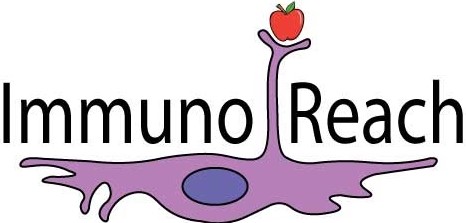Analyzing Data on Behavioral and Immunological Effects of Inflammation in Mice
Author(s): Cynthia J Downs
SUNY College of Environmental Science and Forestry
340 total view(s), 147 download(s)
Teaching notes for mouse inflammation_data.docx(DOCX | 226 KB)
Lab overview_Inflammation in mice-data.docx(DOCX | 741 KB)
Data for inflammation in mice activity.xlsx(XLSX | 11 KB)
Results using provided data.pdf(PDF | 12 KB)
lab report grading rubric.docx(DOCX | 25 KB)
Bibliography and Figure Credits.docx(DOCX | 8 KB)
- License terms
Description
The activity includes mock data to help students explore behavioral and immunological responses to a bacterial infection.
Intended audience:
This activity was developed for an upper-division vertebrate physiology course in an undergraduate curriculum. The activity could also be implemented in an animal, human, or ecological physiology course or an immunology course. Additionally, it could be adapted for an introductory biology course.
Overarching goal:
The overarching learning goal for this case is for students to explore the interdisciplinary nature of immunology and gain conceptual understanding. By the end of this case, students should be able to make connections between life science subdisciplines that span immunology, physiology, and animal behavior. As such, the activity is used to teach fundamental biology concepts and core competencies, as listed in the Vision and Change report (AAAS, 2011), and those described in the learning framework for undergraduate immunology education. The core concepts and the learning outcomes for this activity are noted below:
Core Concepts and Learning Outcomes:
1. Systems: The immune system is an interconnected and coordinated network of macromolecules, cells, tissues, and/or organs within an organism.
Learning Outcome - Explain how the immune system is a coordinated network of macromolecules, cells, tissues and/or organs within an organism for the specific case of inflammation.
2. Information Flow, Exchange and Storage: Antigen recognition and associated cellular signaling result in differential gene expression, which shapes the organism's targeted immune response.
Learning Outcome: Explain how antigen recognition and associated cellular signaling shape the organism's targeted immune response.
Core Competencies and Learning Outcomes:
1. Apply the process of science
Learning Outcome: Write a working hypothesis for immunological and behavioral effects of bacterial infection in mice
2. Quantitative Reasoning
Learning Outcomes:
a) Apply statistics to analyze immunological data
b) Draw meaningful conclusions from an immunology-related data set
3. Explain and/or perform laboratory methodology to address an immunology-based research question
Learning Outcome: Measure the immune response upon manipulation of an experimental system
This resource consists of the following files:
1. Instructor notes: these are teaching notes for "Analyzing data on behavioral and immunological effects of inflammation in mice"
2.Background information for students: this provides a basic overview of the lab and inflammation in mice
3. Data file: this includes the neutrophil counts and sickness behavior data from mice, gathered from a previous iteration of the experiment
4. Results file: This includes the statistical rest outputs for the data provided above
5. Bibliography and Figure Credits
6. Lab Report Grading Rubric
Cite this work
Researchers should cite this work as follows:
- Downs, C. J. (2024). Analyzing Data on Behavioral and Immunological Effects of Inflammation in Mice. ImmunoReach: Interdisciplinary Immunology Education Consortium, QUBES Educational Resources. doi:10.25334/38E6-SQ03
